Hall of Rust
The following photos illustrate some important items to note before purchasing an amplifier. A critical inspection of key points can help you avoid buying a potential basket-case under pretenses.
Of course, sometimes your best deals are basket-cases if sold honestly!
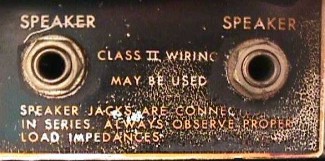
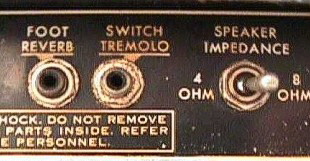
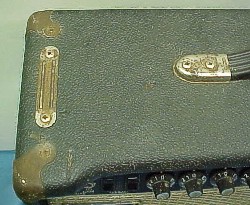

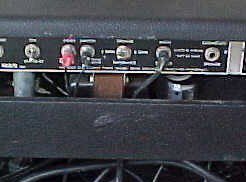
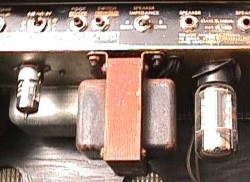
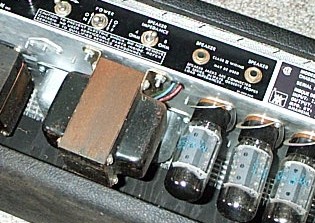
Rust, Corrosion & Mold
Externally visible rust & corrosion may indicate far worse internal problems. A light rust on handles and corners is usually OK and can be cleaned up quite nicely with 000 steel wool. Corners and handles can also be "pre-cleaned" with a rust-remover such as CLR before buffing. , rust within jacks, switches, speakers and transformer laminations need to be avoided unless you are willing to replace the effected components. It is what you DON'T see that should be your primary concern, so if it looks bad on the outside you gotta wonder about the inside!



Rusty Transformers
Transformer laminations are coated before assembly to prevent electrical conductivity through the core. The role of the laminations in transformer operation is intended to be purely magnetic in nature. If rust gets past the coating it can cause electrical conductivity along the surface of the effected laminations and promotes "eddy-currents" which lower the magnetic efficiency of the transformer causing increased core temperatures and current losses. At worst, such a transformer will not work at all and may cause the amp to blow primary AC fuses. If you encounter light rust on an otherwise working transformer DO NOT attempt to clean it off! You will only make things worse if you attempt to wire-brush or apply cleaning solvent. The best thing you can do is to either leave it alone or apply a coat of paint or sealer to prevent further rust. Avoid bumping or abrading the rusted laminations as well. Simply avoiding an amp with such a transformer might be the best idea.


